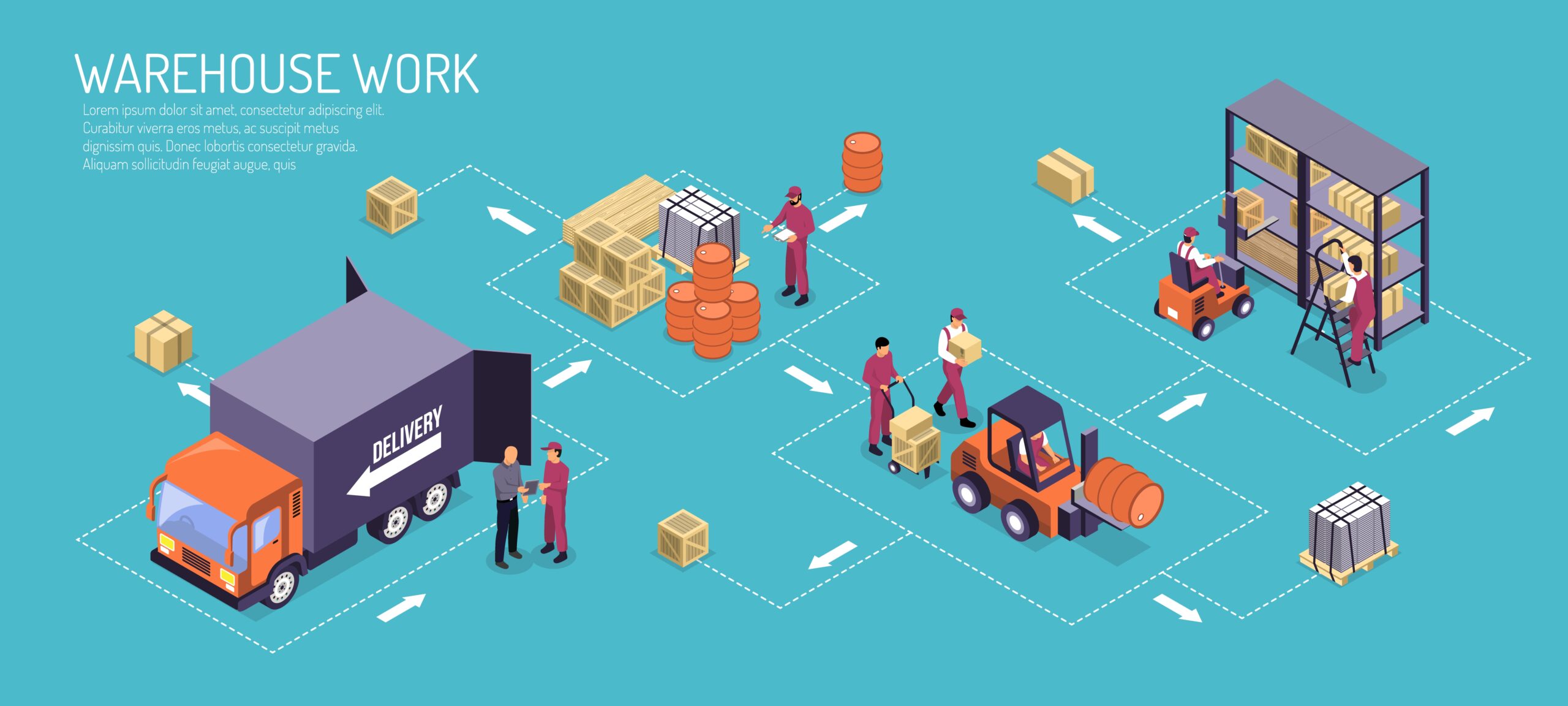Retailers who have management or control of powered mobile plant at a workplace must ensure it does not collide with pedestrians or any other powered mobile plant. If there is a possibility of collision, the plant must have a warning device alerting a person who may be at risk from its movement.
The Incident
Last year, a retailer faced prosecution for breaching their duty of care under the OHS Act 2004. The court found the retailer had failed to reduce the risk of the powered mobile plant colliding with pedestrians. As a result, the retailer received a $150,000 fine. The incident involved a self-employed truck driver who delivered empty containers and picked up full containers from the mobile-powered distribution centre. It was noted that the truck driver wasn’t new to the site and had done numerous drop-offs and pick-ups before the incident.
The truck driver parked the semitrailer carrying the empty container in the loading area. The truck driver left the area to pick up paperwork. On his way back to the truck, the driver spoke to the mobile plant operator, who was connecting the two rear container locks. After speaking with him, the truck driver continued to walk towards his truck cabin.
The operator got back into the control cabin of the mobile plant he was operating (on the passenger side of the truck) and continued in a forward direction to engage the front locks. At this time, the truck driver had stepped onto the designated pedestrian path when the mobile plant began to move towards the front of the truck and struck the truck driver from behind.
As a result, the truck driver was knocked to the ground and one of the wheels ran over his leg. When alerted by another worker that something was wrong, the mobile plant operator reversed and ran over the truck driver’s leg again. The truck driver sustained significant injuries to his leg, a crushed left foot, which resulted in the amputation of his fourth toe, as well as a broken left ankle.
Actions taken by the retailer after the Incident
WorkSafe Victoria identified some of the actions implemented by the retailer following the incident. These included but were not limited to:
- re-marking the pedestrian path;
- marked designated loading and unloading zones;
- marked hazard zones to identify where the mobile plant will be operating during loading and unloading. These areas are pedestrian exclusion zones during loading and unloading activity;
- marked driver safety zones so vehicle drivers can observe the loading and unloading of their vehicle;
- employing a security officer to control the entry of vehicles at the loading and unloading areas and direct vehicle drivers;
- communicating the traffic management plan to various companies undertaking such activities for the business.

What retailers can do to prevent similar incidents occurring in distribution centres
Safe Work Australia provides some guidelines on traffic management including traffic management guide – warehousing and traffic management guide – shopping centres. The general guide for traffic management suggests the following approach:
Identify the hazards – consider the layout and flow of traffic and people.
- How do vehicles and pedestrians move around the area?
- Are vehicles and people separated?
- Are there ways to stop vehicles and people interacting?
- Consultation – speak with workers and health and safety representatives to identify potential problems they have encountered in the workplace.
Control Measures – Implement control measures to eliminate or minimise the risk.
When it comes to traffic management, multiple control measures will need to be implemented to control the risk:
- providing gates or temporary barriers to separate vehicles from people
- scheduling work to avoid or reduce the need for pedestrians and vehicles to be in the same area
- creating exclusion zones like forklift-only areas in loading bays or pedestrian-only areas around tearooms, amenities, and entrances
- locating delivery areas away from pedestrians or work activities
- clearly marking vehicle areas with signs or reflective paint to warn pedestrians
- clearly marking pedestrian walkways and crossings with paint or bollards
- using mirrors and vision panels in pedestrian doors entering vehicle areas
- using signs for speed limits, hazards like forklift operating areas and exclusion zones
- ensuring traffic areas are well lit
- ensuring workers wear high visibility clothing.
These controls then should be developed and implemented in the form of a Traffic Management Plan (TMP). A TMP is a document that explains how traffic risks will be managed in the workplace. The TMP should be monitored and reviewed regularly, including after an incident to ensure it remains effective and takes into account changes at the workplace.
Workers should be aware of and understand the traffic management plan and receive adequate information, instruction, training, and supervision.
For further guidance on developing or reviewing your traffic management plan, you can visit Safe Work Australia’s website: https://www.safeworkaustralia.gov.au/collection/workplace-traffic-management-guidance-material




















